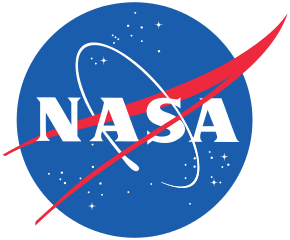Warp Speed? NASA May Have Made a Breakthrough for Galactic Travel
 A group of NASA scientists developing technology to make interstellar spaceflight possible by the end of the century may have reached a watershed moment.
A group of NASA scientists developing technology to make interstellar spaceflight possible by the end of the century may have reached a watershed moment.
The “EM drive,” which works by bouncing microwaves around in a chamber, has shown that it can produce thrust without expelling propellant, according to the website NASA Spaceflight.
The propulsion, which piqued the interest of the scientific community last summer, has now been successfully tested in a vacuum for the first time – meaning that it could have potential for propelling spacecraft to the farthest reaches of the galaxy, according to the site.
As early as 2011, the scientists at the NASA Johnson Space Center were saying that their work on the futuristic concept could be historic.
“It may be a ‘Chicago pile’ moment for this area of physics,” the researchers wrote in that report, referring to the first man-made and sustaining nuclear reaction, orchestrated by Enrico Fermi in 1942.
Classical physics held that a close cavity should be unusable for propulsion because of the law of conservation of momentum, according to NASASpaceFlight.
But last summer the NASA Eagleworks team from Houston piqued the interest of the scientific community with test results from their quantum vacuum experiments.
The 2011 paper by the NASA team mentions that science-fiction writer Arthur C. Clarke proposed a “quantum ramjet drive” in 1985.
The NASA team said space travel could become a realistic possibility, depending on further testing.
“If the physics and engineering models can be explored and understood in the lab to allow scaling to power levels pertinent for human spaceflight… human missions to Mars may become a possibility, and… 1-year transit to Neptune may also be possible,” they found.
The news broke the same week that the U.S. House of Representatives has proposed cutting funding to certain NASA programs, according to the White House.
"If enacted, the NASA authorization bill headed to the House floor later this month would do serious damage to the Nation’s space program, as well as to Earth-observation and Earth-science programs essential for predicting, preparing for, and minimizing the damage from disasters both natural and human-induced,” said John P. Holdren, director of the White House Office for Science and Technology Policy.

